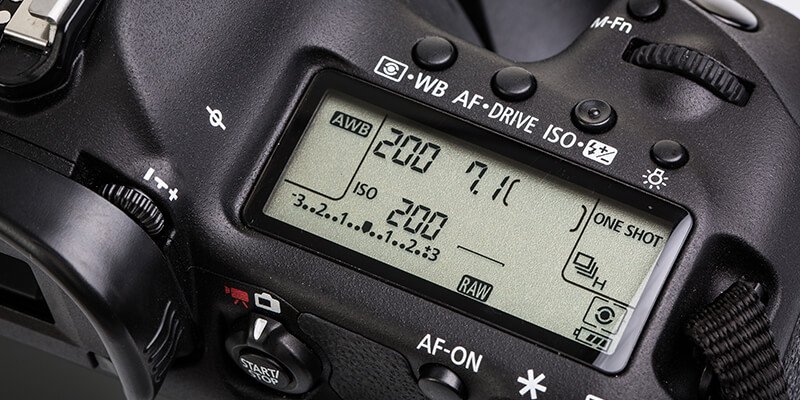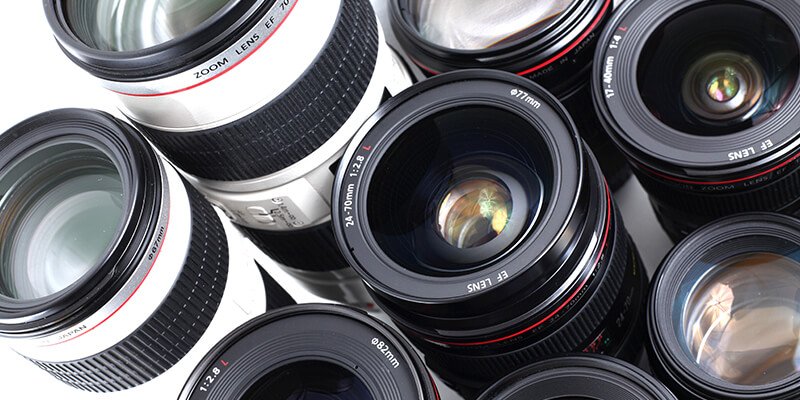Understanding the technical aspects of photography is crucial for enhancing your creative control and capturing stunning images. This blog post will delve deeper into advanced camera settings, the use of different lenses, post-production techniques, and other technicalities that are essential to elevate your photography skills.
Advanced Camera Settings and When to Use Them

For those beyond the beginner stage, understanding advanced camera settings is a must to further their photography skills. One crucial setting is the Manual Mode, which allows complete control over aperture, shutter speed, and ISO. Manual mode is crucial for complex lighting situations where automatic modes may fall short.
Another important setting is the White Balance, which adjusts the color balance in your images according to the lighting conditions. Mastering white balance can help prevent unnatural color tints in your photos.
Understanding and Using Different Types of Lenses

Different lenses can dramatically change the style and composition of your photos. For instance, wide-angle lenses are perfect for capturing landscapes or large group shots, while telephoto lenses are ideal for wildlife or sports photography, providing a narrow field of view and greater magnification. Prime lenses, with their fixed focal lengths, often deliver superior sharpness and wider apertures for better low-light performance.
Post-production: An Introduction to Photo Editing and Software

Post-production is an integral part of digital photography. Software like Adobe Lightroom and Photoshop allow you to enhance your images, correct any imperfections, and achieve your creative vision. They enable adjustments to exposure, contrast, color balance, removal of unwanted elements, and much more. These tools can be daunting at first, but there are numerous tutorials to help you master the basics.
Long Exposure, Timelapse, and Other Photography Techniques

Long exposure photography involves using a long-duration shutter speed to sharply capture stationary elements while blurring, smearing, or obscuring the moving parts. This technique is perfect for shooting star trails, smooth water effects, or light trails in night scenes.
Timelapse photography is a technique where a sequence of frames are captured at a much lower frequency than used to view the sequence. When replayed at normal speed, time appears to move faster. This method is excellent for capturing changes in landscapes over time, such as blooming flowers or transitioning skies.
You can learn more about these techniques and others from resources like Photography Life.
The Technology Behind Digital Cameras: Sensors, Pixels, Resolution, etc.

The heart of a digital camera is the image sensor, which captures light and converts it into electrical signals. The two main types of sensors are CCD (Charge-Coupled Device) and CMOS (Complementary Metal-Oxide-Semiconductor). Both have their advantages and vary in the way they process images.
Pixels are tiny squares that gather the information from the sensor. Together, millions of pixels form the final image you see. The more pixels a sensor has, the higher the resolution and, generally, the more details it can capture.
Understanding the technology behind your camera helps you make informed decisions when buying equipment and allows you to take full advantage of your camera’s capabilities.
In conclusion, while the technical aspects of photography may seem daunting at first, understanding them is key to expanding your creative possibilities. The marriage of technique and artistry in photography allows you to transform ordinary scenes into extraordinary images. Keep exploring, keep learning, and most importantly, keep shooting!

